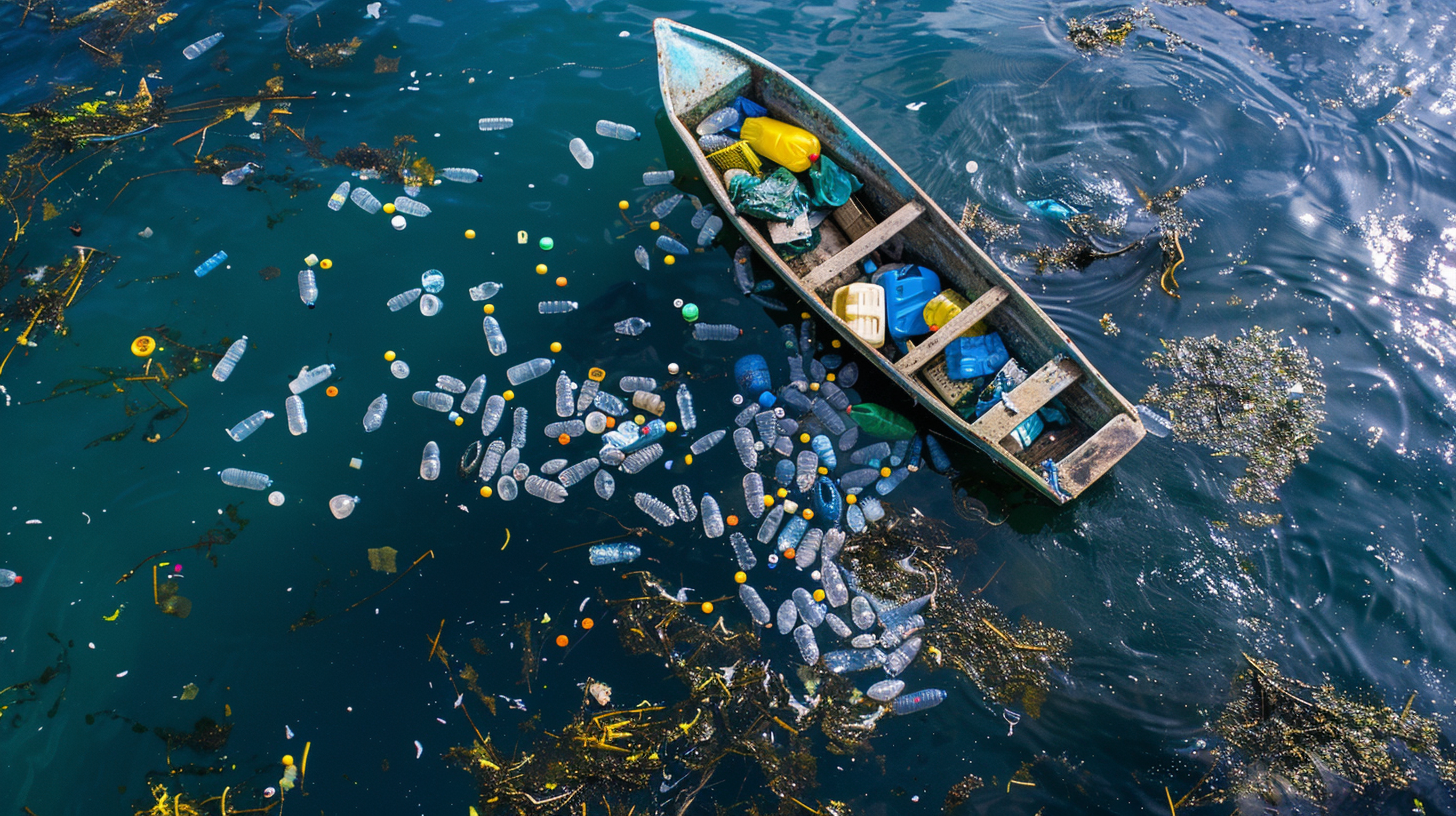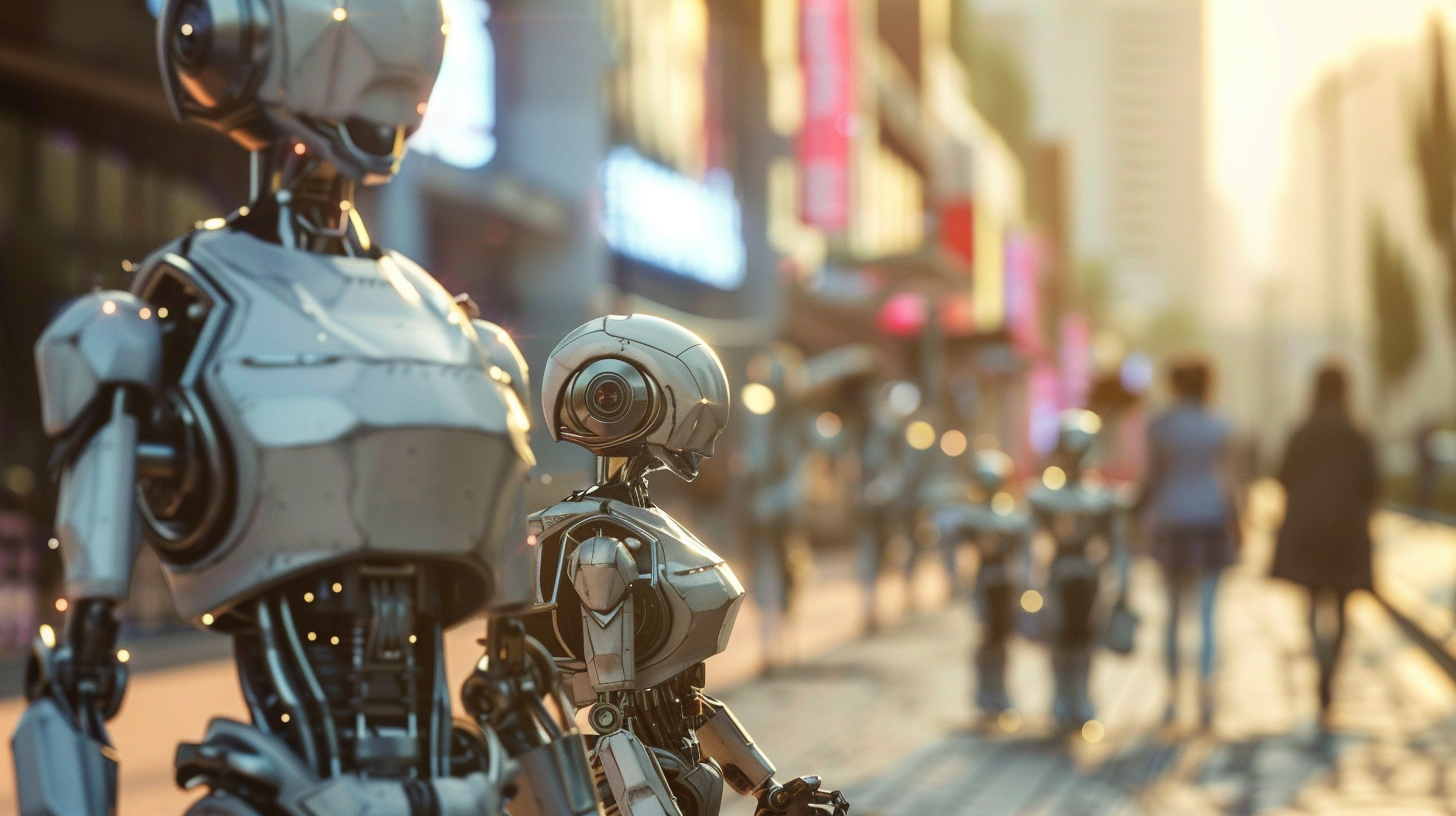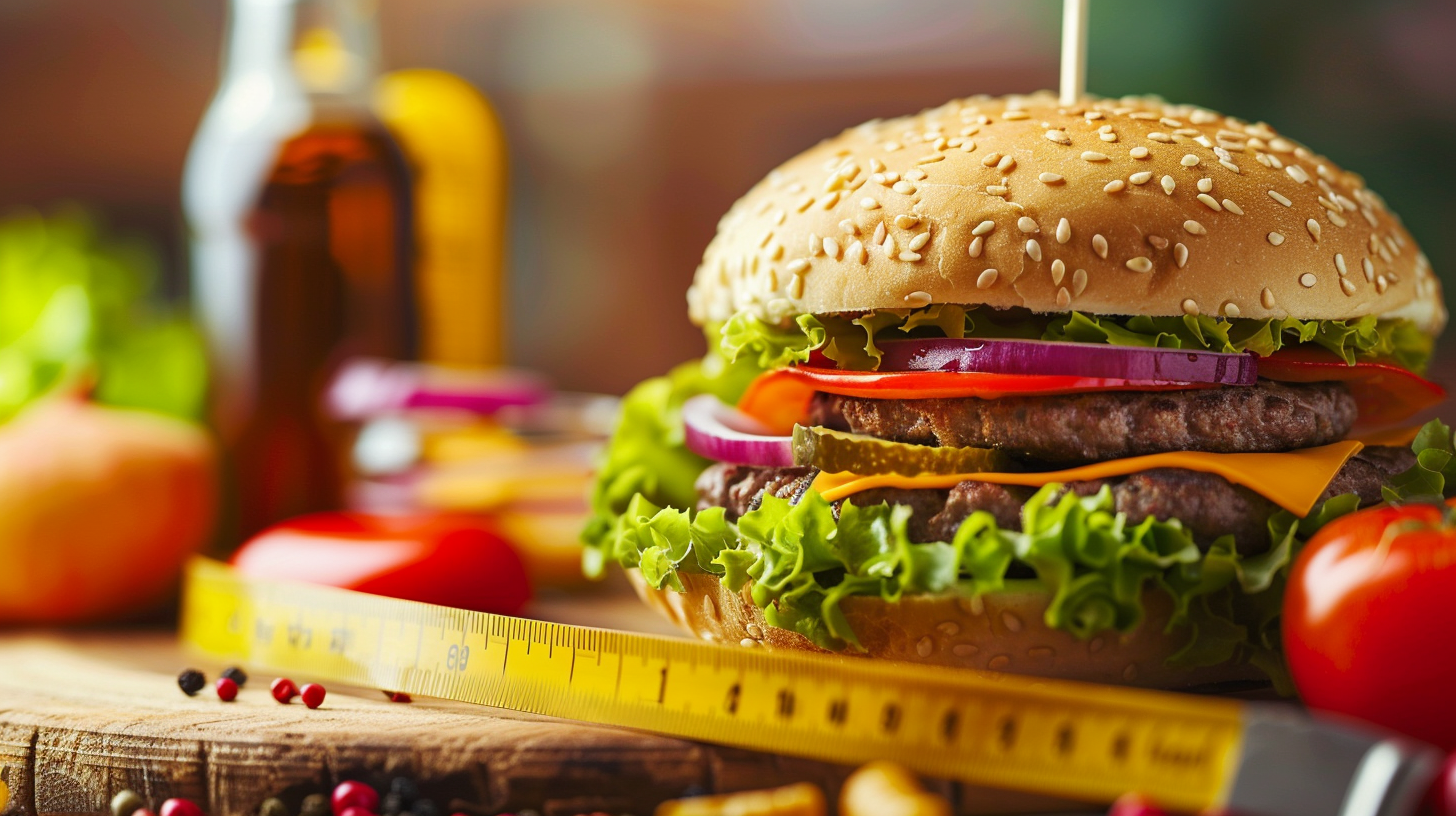Table of Contents Show
Just like a single straw can break a camel’s back, the sheer volume of plastic pollution is overwhelming our planet’s ecosystems. We’re facing a crisis that stretches from the deepest oceans to the highest mountains, impacting wildlife and human communities alike. As we explore the scale of this challenge, we’ll uncover the sources of plastic waste, its devastating impacts, and the hotspots that require our immediate attention. We’re also on the cusp of breakthroughs in recycling technologies and the development of bioplastics, which could revolutionize our approach to this issue. Join us as we investigate these innovative solutions and the role communities and policymakers play in turning the tide against plastic pollution. Let’s commence on this journey together, contemplating how we can contribute to a sustainable future.
Key Takeaways
- Plastic pollution severely impacts wildlife and ecosystems, necessitating immediate action.
- Most oceanic plastic originates from land-based sources and mismanaged waste.
- Innovative solutions include bioplastics, AI in recycling, and community cleanups.
- Global cooperation and policy changes are crucial for effective plastic waste management.
The Scale of the Crisis
While the beauty of our oceans and landscapes is undeniable, they’re increasingly marred by an insidious tide of plastic waste, revealing the vast scale of the crisis we’re facing. This isn’t just about unsightly litter; it’s a profound signal that our freedom to enjoy pristine natural environments is under threat. Every day, we’re bombarded with images of beaches strewn with bottles, wildlife entangled in nets, and microplastics infiltrating the furthest reaches of our planet. It’s a wake-up call we can’t afford to ignore.
We’re not just passive observers in this unfolding drama. Our daily choices and the convenience of disposable plastics have contributed to this escalating problem. It’s a harsh reality, but acknowledging our role is the first step towards enacting change. The magnitude of plastic waste accumulating in our environment is staggering. From the highest mountains to the deepest ocean trenches, no corner of the earth is untouched. This isn’t a distant problem; it’s knocking on our doorsteps, demanding immediate action.
We crave the freedom to explore, to experience untainted natural wonders, but this freedom comes with a responsibility. The crisis we’re facing isn’t insurmountable, but it requires a collective shift in mindset and behavior. We’ve reached a pivotal moment where the choices we make can pave the way for a cleaner, more sustainable future or condemn us to a world where the beauty of nature exists only in the past. The scale of the crisis is a call to arms; it’s time we answer it.
Sources and Impact
We’re now turning our attention to where this pollution comes from and the toll it takes on our environment. From the origins of oceanic plastic to the dire consequences on wildlife and ecosystems, it’s clear the impact is both broad and devastating. Understanding these sources and effects is essential as we look for effective solutions.
Oceanic Plastic Origins
Understanding the origins and impact of oceanic plastic pollution is crucial to addressing this global environmental challenge. We’re facing a crisis that not only threatens marine life but also our freedom to enjoy clean and healthy oceans. The majority of this pollution stems from:
- Land-based sources, such as mismanaged waste from households and industries.
- Maritime activities, including fishing gear and shipping debris.
- Riverine input, where rivers act as conveyor belts, transporting plastics from inland to the sea.
These sources collectively contribute to a vast and growing problem. It’s a struggle for freedom against pollution, where action and innovation can lead us towards cleaner oceans. We possess the power to change the tide, ensuring our oceans remain a source of life and liberty for generations to come.
Wildlife Entanglement Effects
Moving from the sources of oceanic plastic pollution, it’s imperative we examine how wildlife entanglement in plastics poses serious threats to marine life and ecosystems. Every year, countless marine creatures suffer from the dire consequences of being trapped, injured, or even killed by discarded plastic waste. From sea turtles mistaking plastic bags for jellyfish to seals getting their necks painfully cinched by plastic rings, the impact is both heartbreaking and avoidable. We’re witnessing a loss of biodiversity and a decline in the health of marine populations at an alarming rate. It’s not just about the visible tragedies either; the stress and injuries caused by entanglement can lead to long-term health issues, affecting their ability to feed, reproduce, and survive. It’s a call to action for all of us to seek and support solutions that can turn the tide against this pressing issue.
Eco-System Disruption Causes
Plastic pollution not only entangles wildlife but also disrupts entire ecosystems by altering habitats and food webs. It’s a grim picture we’re facing, yet we can’t afford to turn a blind eye. The sources and impacts of this disruption are multifaceted, but here’s a snapshot:
- Leaching of toxins: Plastics release harmful chemicals that contaminate soil and water, affecting both plant and animal life.
- Ingestion by marine creatures: Mistaking plastic for food leads to internal blockages, starvation, and often, death.
- Habitat destruction: Accumulating plastic waste transforms natural landscapes, making them inhospitable for native species.
We’re in a battle for our planet’s health, and understanding these causes is our first step toward reclaiming freedom for our ecosystems.
Global Hotspots
Several regions around the world have emerged as critical hotspots for plastic pollution, demanding immediate attention and action. As we explore the heart of the matter, it’s clear that the freedom to enjoy pristine natural environments is under threat. To combat this, we’re spotlighting areas where our fight against plastic pollution needs to rally.
To make our discussion more engaging, let’s look at a table highlighting some of these global hotspots:
| Region | Key Concerns |
|---|---|
| Southeast Asia | High plastic waste leakage into the ocean |
| Central Africa | Lack of waste management infrastructure |
| Eastern Europe | Illegal dumping and poor recycling rates |
| South America | River pollution contributing to ocean waste |
| Northern Pacific | Concentration of oceanic plastic gyres |
These hotspots are not just geographical markers; they’re calls to action. Southeast Asia, for example, is pivotal due to its significant contributions to oceanic plastic. Central Africa’s struggle with waste management infrastructure poses a different set of challenges, requiring both local and international intervention.
In Eastern Europe, the fight is against illegal dumping and enhancing recycling efforts, without stepping into the domain of recycling breakthroughs. Meanwhile, South America’s rivers act as conduits for plastic waste, emphasizing the need for thorough riverine cleanup operations. Lastly, the Northern Pacific’s gyres symbolize the accumulation of our global neglect, a stark reminder of the urgency to act.
As we stand together, let’s remember that addressing these hotspots is not just about cleaning up; it’s about reclaiming our freedom to live in a world where nature thrives unencumbered by plastic waste.
Recycling Breakthroughs
As we shift our focus to recycling breakthroughs, it’s clear that innovative solutions are paving the way for a more sustainable future. The fight against plastic pollution isn’t just a battle; it’s an opportunity to redefine our relationship with materials and embrace freedom from environmental constraints. We’re witnessing an era where creativity intersects with technology to reduce waste and promote a circular economy.
Here are a few groundbreaking advancements that are changing the game:
- Chemical Recycling Techniques: These processes break down plastics to their molecular level, allowing them to be recreated into new, high-quality materials. It’s not just recycling; it’s giving plastics a new lease on life.
- Smart Sorting Systems: Utilizing artificial intelligence and machine learning, these systems can sort plastics more efficiently than ever before. This means less contamination, higher recycling rates, and a significant step towards zero waste.
- Biodegradable Additives: While not a direct form of recycling, these additives are mixed with traditional plastics to make them break down more easily when exposed to the right environmental conditions, reducing the longevity of pollution.
These innovations represent beacons of hope and freedom in our quest to conquer plastic pollution. We’re not just passively accepting the status quo; we’re actively seeking and supporting solutions that offer a cleaner, greener planet. It’s about taking control, making informed choices, and driving change. With these breakthroughs, we’re not just envisioning a world free of plastic pollution; we’re building it.
Bioplastics Revolution
Amid the ongoing battle against plastic pollution, we’re witnessing a transformative shift towards bioplastics, which promise a greener and more sustainable future. These innovative materials not only offer a way to reduce our reliance on fossil fuels but also present an opportunity to lower the environmental impact of our consumption habits.
Bioplastics are derived from renewable resources like corn starch, sugarcane, and even algae, making them a compelling choice for those of us seeking freedom from the traditional plastics that choke our planet. They’re not just about being eco-friendly; they’re a statement to human ingenuity and our ability to adapt for the sake of our world.
Let’s explore some of the key distinctions and advantages that bioplastics bring to the table:
| Feature | Benefit |
|---|---|
| Renewable sources | Reduces dependency on fossil fuels |
| Biodegradability | Minimizes long-term pollution |
| Lower carbon footprint | Contributes to the fight against climate change |
| Versatility | Suitable for a wide range of products |
We’re embracing bioplastics because they represent a path to freedom – freedom from pollution, freedom from guilt, and freedom to enjoy a cleaner, healthier planet. As we continue to innovate and improve the production and usability of bioplastics, we’re not just revolutionizing the materials we use; we’re redefining our relationship with the environment. It’s a bold step forward, and we’re all in, ready to champion a world where sustainability isn’t just an ideal, but a practical, everyday reality.
Community Cleanups
We’re turning our attention to community cleanups, a grassroots movement that’s making a tangible difference in the fight against plastic pollution. Across the globe, individuals and groups are taking the reins, refusing to wait for others to address the issue. This hands-on approach not only reduces the volume of plastic in our environment but also fosters a culture of responsibility and care for our planet.
Here’s why community cleanups are more than just picking up trash:
- Proof: They offer everyone a chance to take part in solving a global problem, proving that every action, no matter how small, counts.
- Awareness: Cleanups raise awareness about the scale of plastic pollution and encourage more sustainable living.
- Connection: They bring communities together, creating bonds over shared goals and a love for the environment.
We’re seeing incredible results from beaches to urban parks, where bags of plastic are being removed and properly disposed of or recycled. It’s a demonstration of what we can achieve when we come together. Yet, it’s not just about cleaning up; it’s a message to the world that we demand and are working towards a cleaner, healthier planet.
This movement is for those of us who crave the freedom to live in a world not burdened by pollution. It’s a call to take action, to be part of the solution. We’re not just clearing away plastic; we’re laying the groundwork for a future where community efforts lead the way in environmental conservation.
Policy and Innovation
We’re turning our attention to how policy shifts, innovative recycling technologies, and global collaboration can tackle plastic pollution. Governments are rethinking regulations to reduce waste, while researchers are developing groundbreaking methods to recycle more efficiently. Together, these efforts represent a promising path forward in our fight against plastic pollution.
Governmental Policy Shifts
As governments worldwide grapple with the escalating crisis of plastic pollution, innovative policies and regulations have emerged as pivotal tools in the fight against this global challenge. We’ve seen a shift towards more sustainable practices, and these changes offer a breath of freedom to our ecosystems and communities. Here are some key moves that have caught our attention:
- Bans on single-use plastics in numerous countries, reducing waste dramatically
- Incentives for businesses that adopt eco-friendly packaging, encouraging innovation
- Expanded recycling programs, making it easier for everyone to participate
These shifts signal a collective move towards a cleaner, healthier planet. We’re not just talking about rules; we’re embracing opportunities for creativity and freedom in how we tackle plastic pollution. Together, we’re paving the way for a future where our oceans, wildlife, and communities can thrive.
Breakthrough Recycling Technologies
In the battle against plastic pollution, breakthrough recycling technologies are emerging as game-changers, revolutionizing how we manage and minimize waste. We’re witnessing the advent of advanced processes capable of breaking down plastics that were once deemed unrecyclable. This isn’t just about improving efficiency; it’s about redefining the possibilities of recycling. We’re seeing innovations like chemical recycling, where plastic waste is converted back into its original monomers, offering a new life for materials that would’ve ended up in landfills or oceans. It’s clear we’ve got powerful tools at our disposal. These technologies don’t just offer a glimmer of hope; they’re paving the way for a future where we’re not just fighting against plastic pollution, but actively turning the tide in our favor.
Global Innovation Collaborations
Building on the momentum of breakthrough recycling technologies, global innovation collaborations between policy makers and innovators are now spearheading efforts to tackle plastic pollution more effectively. We’re seeing a surge in initiatives that leverage the strengths of diverse groups to create powerful solutions. These collaborations offer a beacon of hope, showcasing that when we join forces, we can overcome even the most challenging challenges.
To hook you further, consider these key developments:
- Cross-border research projects aiming to revolutionize waste management.
- Public-private partnerships driving the adoption of sustainable materials.
- Global policy harmonization efforts, ensuring that innovations have a worldwide impact.
We’re committed to fostering a world where freedom from plastic pollution is not just a dream but a reality. Together, we’re turning the tide.
Conclusion
We’ve uncovered the vast scale of plastic pollution and its devastating impact. While the challenge seems overwhelming, innovative solutions like recycling breakthroughs, bioplastics, and community cleanups are making a difference. Some may argue these efforts are too essential to matter, but every step forward is critical in combating this global crisis. Together, through policy changes and embracing innovation, we can tackle plastic pollution head-on and protect our planet for future generations. Let’s not underestimate our collective power.








